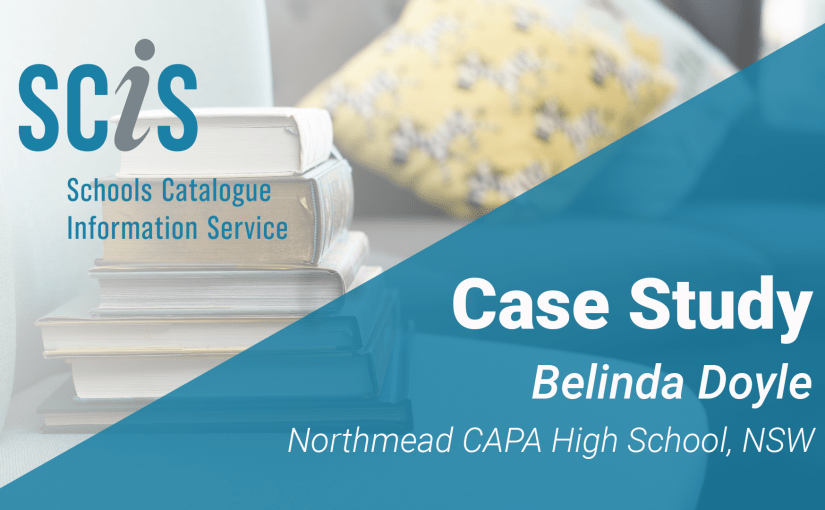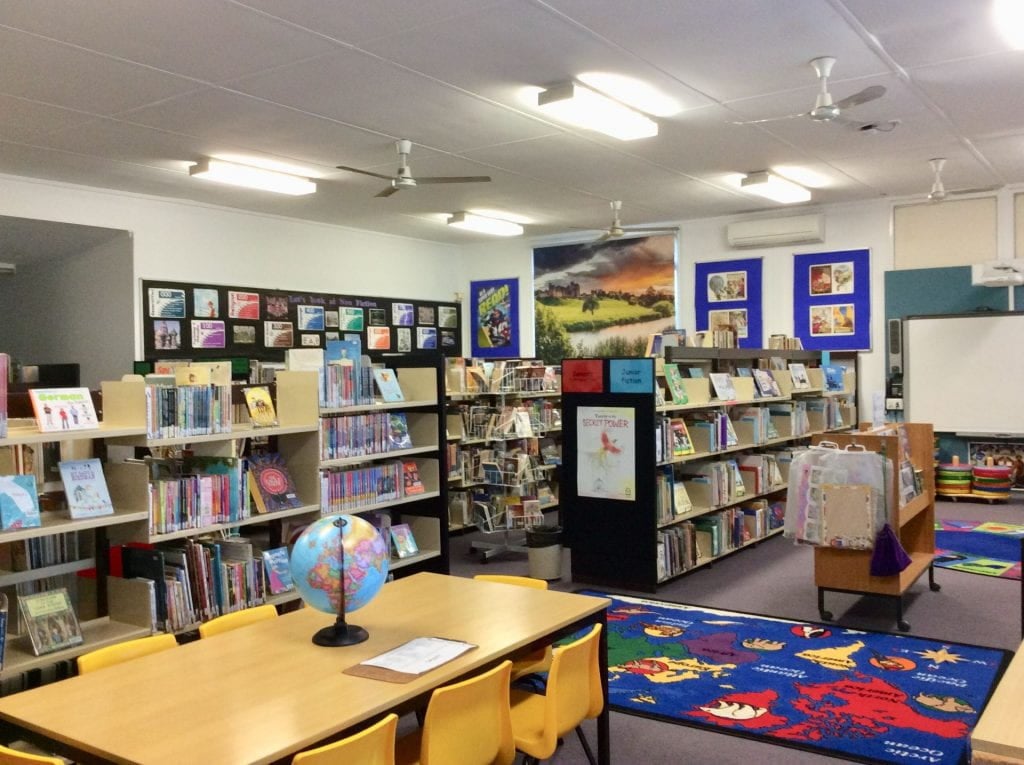By Belinda Doyle, Teacher Librarian at Northmead CAPA High School, NSW
About Belinda’s School
Northmead Creative and Performing Arts (CAPA) High School focuses on and has a proven record of success not only in the creative and performing arts but also in academic, vocational and sporting endeavours. Our school students are drawn from both our local community and the wider community. Many of our students come from non-English speaking background and some are refugees. The school prides itself as a place where all students are welcomed, where strengths are recognised and nurtured and where differences are celebrated.
The school has a committed, dynamic teaching, administrative and executive staff with a range of experiences. The school has developed its Principles of Effective Teaching, which underpins all teaching practices. Teachers are passionate about their work and embody the school’s values. Our teachers strive to improve both their professional knowledge and their practice through their personal attributes, skills, and knowledge, to advance a sense of community and tolerance in all members of the school community to achieve excellence in learning.
The needs of our learners are met through a broad academic curriculum, strong vocational programs, and high-quality creative and performing arts programs in Visual Arts, Dance, Drama and Music School programs are complemented by a wide range of extra-curricular programs. There is a strong focus on collaboration, critical thinking, creativity and innovation, both in teaching and learning. Leadership is actively developed for the students, teaching staff and the community through targeted training and professional learning and specific pathways. Student leadership is developed in sport, creative and performing arts, multiculturalism, school service and the community.
Support for the school is strong in the local community. Many students undertake authentic learning in the community through vocational and education programs (VET) or through access to specific careers education opportunities.” Our school population consists of 1094 students and a staff of 139 teachers.
How Belinda Uses SCIS
As the Teacher Librarian in this vibrant setting which consists of a diverse school community, I focus on supporting many subjects across a range of classes which includes extension classes, GAT classes, mixed ability classes, and learning and support classes. I aim to resource a differentiated curriculum, and this is where SCIS continues to play a role that offers peer -reviewed resources and resources that are suitable to support the NSW education curriculum. Due to our unusual circumstances relating to COVID-19 lockdowns, there has been the need to rely more on online resources to provide for our online school population.
In the past, I have relied on professional databases and professional library journals to search and review suitable websites for our school library. I have moved toward increased online professional development to further support online resources for a diverse curriculum. It is in this context that SCIS is proving to be invaluable in providing online resources which embrace ebooks and websites to support subjects that may need more resources.
As part of this process, I refer to the NESA syllabus subject documents to locate search terms or topics where there need to be more resources to be added to our collection. It is useful to have previewed and purchased an online recording from SCIS about how to enhance our collection. This recording has provided me with a broadened capability to search for resources not only in the “basic” search function but also in the “Advanced” search function. Another feature of SCIS is that it allows our online collection to be dynamic and it catalogues resources that align with syllabus changes and the diverse community of users in a comprehensive high school setting.
SCIS NOTE: Belinda viewed our 15-minute Video tutorial 4 free digital collections to import to your catalogue, which is currently available for on-demand download and viewing on our website.




